On this day in 1896: The Glasgow Subway opens
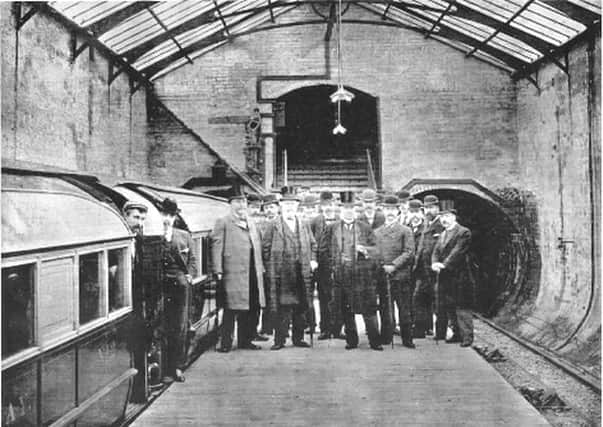

After five years of construction, and a final bill totalling £1.5 million pounds, Glasgow’s Subway system went live for the first time on 14 December 1896, entering the history books as the world’s third municipal underground railway system after the Budapest Metro and London Underground.
The brainchild of civil engineer Alexander Simpson, it had been built to serve a rapidly-expanding industrial city with a population fast approaching 1 million people.
Advertisement
Hide AdAdvertisement
Hide AdThe first carriage of the new Glasgow District Subway, as it was originally named, departed Govan Cross at 5am. The first cars were cable-hauled and would remain so until electrification was introduced in 1935.
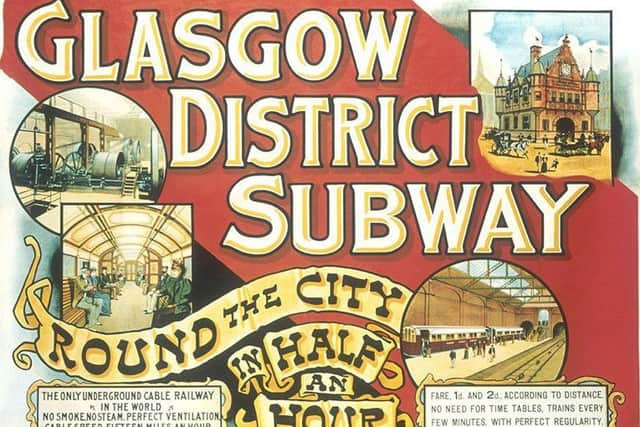

As dawn broke it seemed the whole city was out in force and directors and officials were soon congratulating themselves on the success of their new system. However, any fist-pumping or back-slapping was to prove premature.
Breakdown
At around 3pm a complete breakdown occurred on the outer circle, causing momentary chaos. Stranded passengers were forced to walk along the lines back to the nearest station.
A few hours later, as normal service resumed, one man suffered a horrific foot injury as the huge swell of people forced him between the carriage and platform.
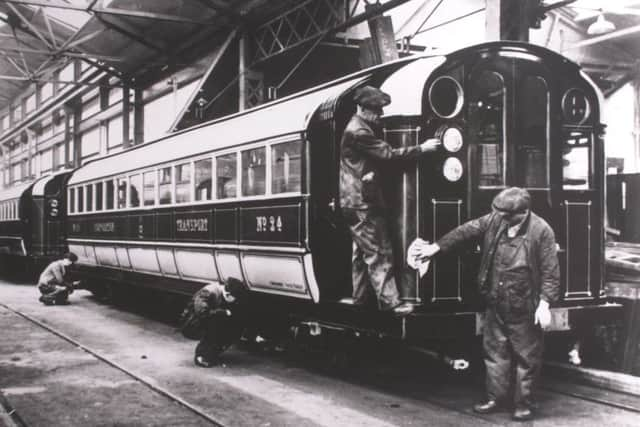

Collision
As if that wasn’t bad enough for day one, worse followed at just before 11pm when a stationary carriage awaiting the signal to approach St Enoch Station from Bridge Street was hit by another car running at near full speed.
The two carriages were carrying roughly 50 passengers each at the time of the collision and 18 were reported as seriously injured.
One 14-year-old boy was rendered unconscious and taken to the Royal Infirmary, having suffered a severe cut to his left temple.
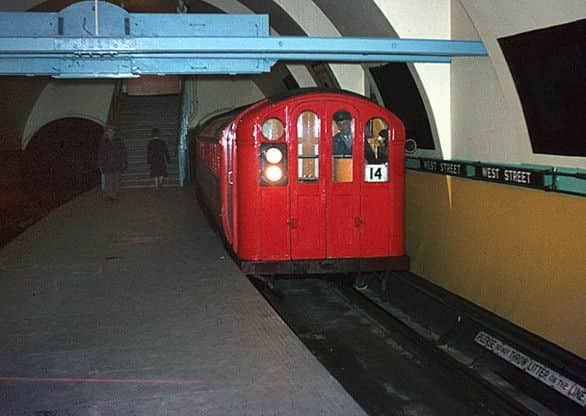

Advertisement
Hide AdAdvertisement
Hide AdThe accident made headlines up and down the UK, forcing the closure of the Subway until January the following year.
An enquiry into the collision concluded that defective electrical connections between the signals had been the cause, although private trials in the weeks leading up to the opening had failed to flag up any major issues.
The driver of the approaching car claimed that he had spotted the stationary carriage but had been unable to stop in time to prevent the collision.
Despite the accident, the vibe was mostly positive - one of the main complaints being that the number of cars available on day one had been “hopelessly inadequate”. Subway directors countered this by stating that the extreme “rush of traffic” had exceeded all expectations.
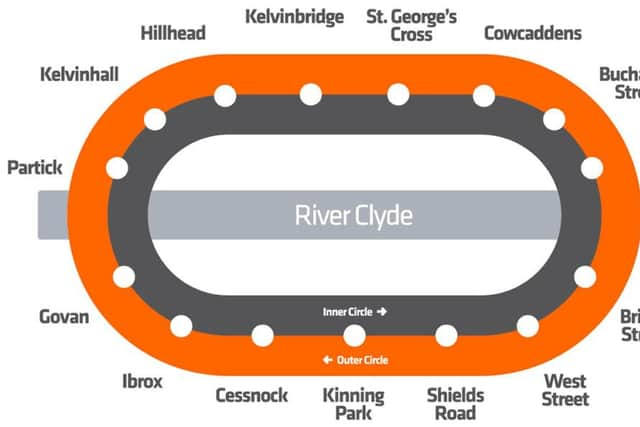

They weren’t wrong - over 9 million passengers travelled on the Glasgow Subway in its first full year of operation.
‘Six miles for a penny’
When the Subway opened, a fixed fare price of one penny allowed passengers to travel around the six and a half mile long subway as many times as they wished. Many passengers had taken full advantage of this on the inaugural day - including the 14-year-old boy who suffered the severe head injury at 11pm, who, it’s said, had been travelling round and round the system for 8 or 9 hours prior to the collision. The fixed rate was soon abolished in favour of a fare stage system to avoid future congestion.
Save a refurbishment in the late 1970s which saw the system nicknamed “the Clockwork Orange” on account of its circular route and bright new Metro-Cammell orange carriages, the Glasgow Subway remains largely unaltered. Expansion of the six and half mile long, fifteen station circuit has been discussed on numerous occasions but has never come to fruition.